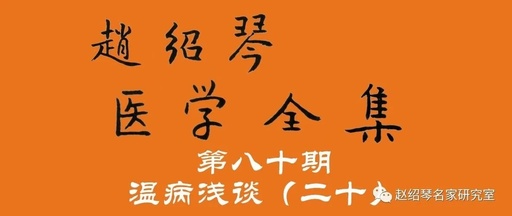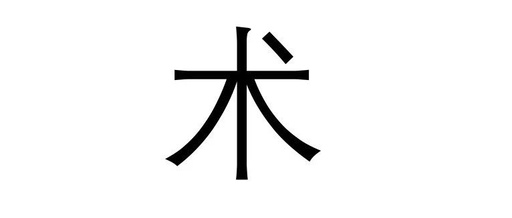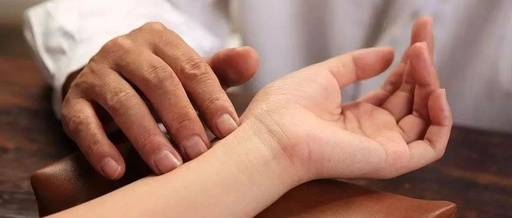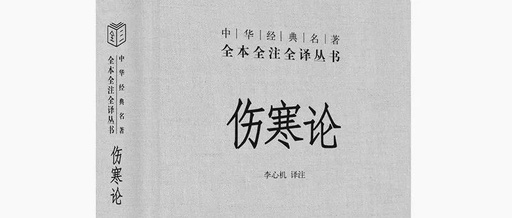Differentiation of Pulse Patterns in Warm Diseases: String Pulse and Slippery Pulse
Differentiation of Pulse Patterns in Warm Diseases: String Pulse and Slippery Pulse String Pulse (Xian Mai) is characterized by a straight and long pulse, resembling a taut bowstring, often indicating a condition of stagnation. Characteristics: The pulse is firm and straight, with a bouncing sensation on both sides, similar to the strings of a musical … Read more










